There is a wealth of information in our world today. This surplus is thanks to the everyday technology we use to enrich our lives. With a few taps on your smartphone or clicks on your computer keyboard, we are presented scientific advancements, athletic milestones, political developments, and dinner recipes, instantaneously, and from multiple sources around the world. In one sense, technology collapses time and space in order to deliver information to us. But, what purpose does this serve exactly? I am interested in using this abundance of information as a medium to depict the human experience and the systems that implicitly guide that experience.
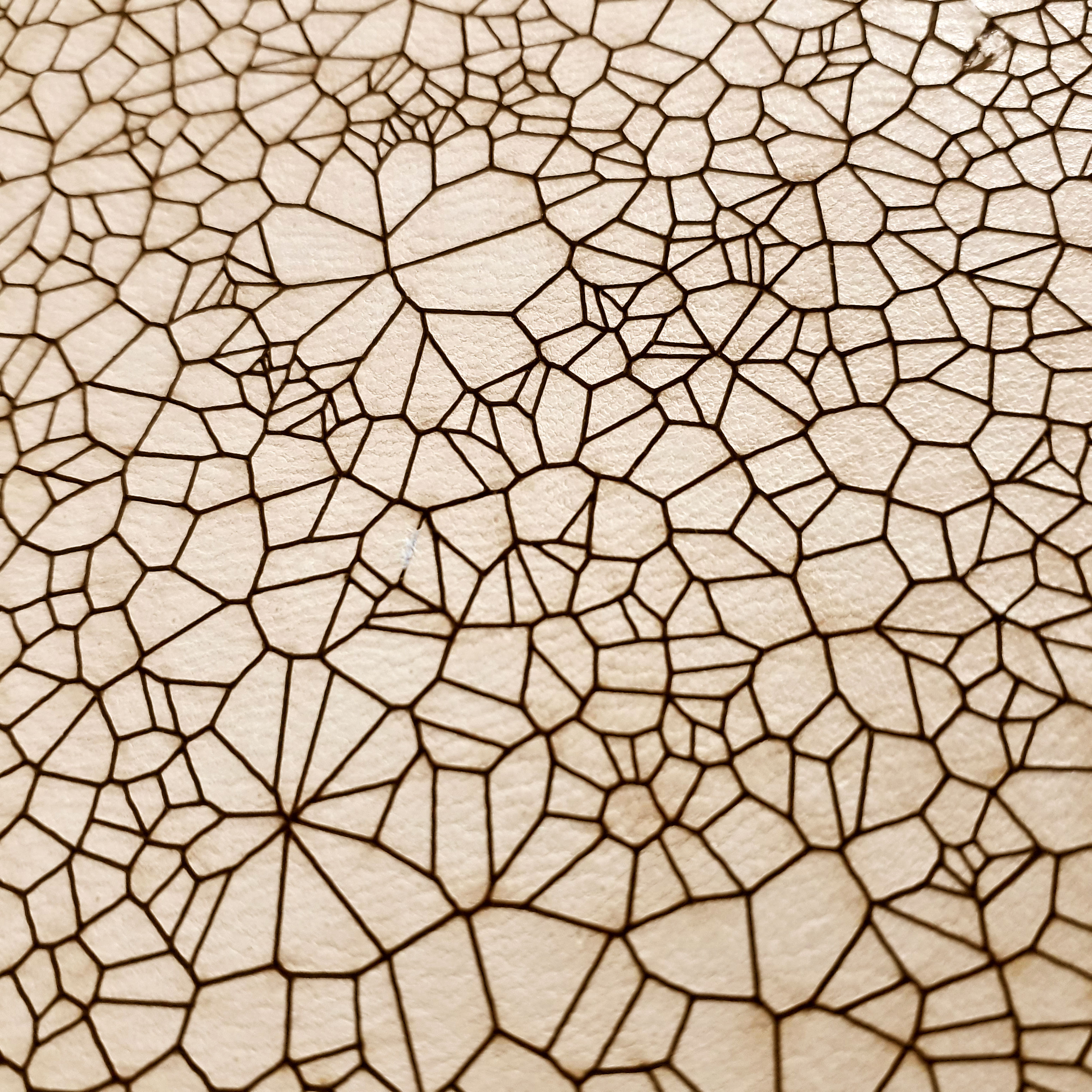
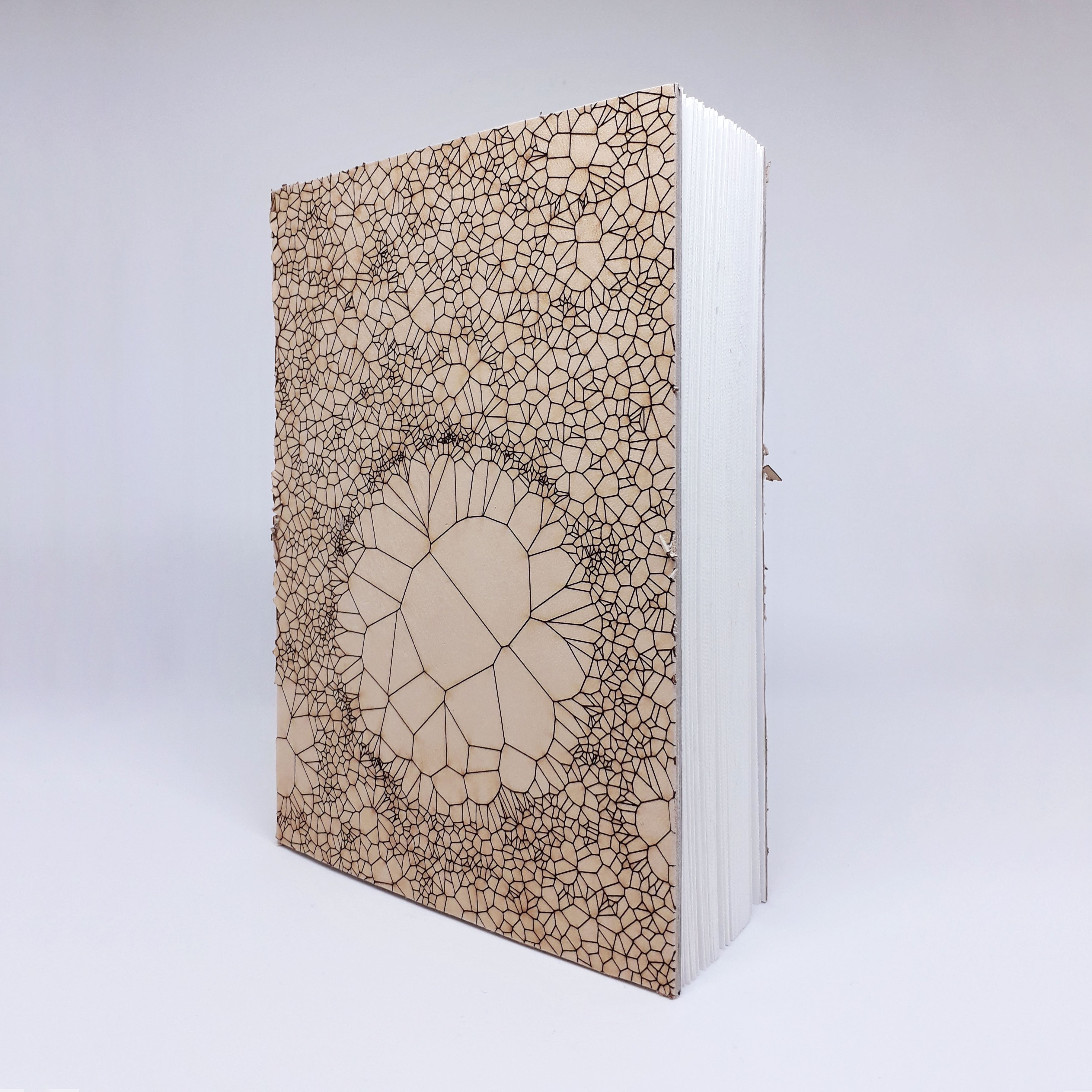
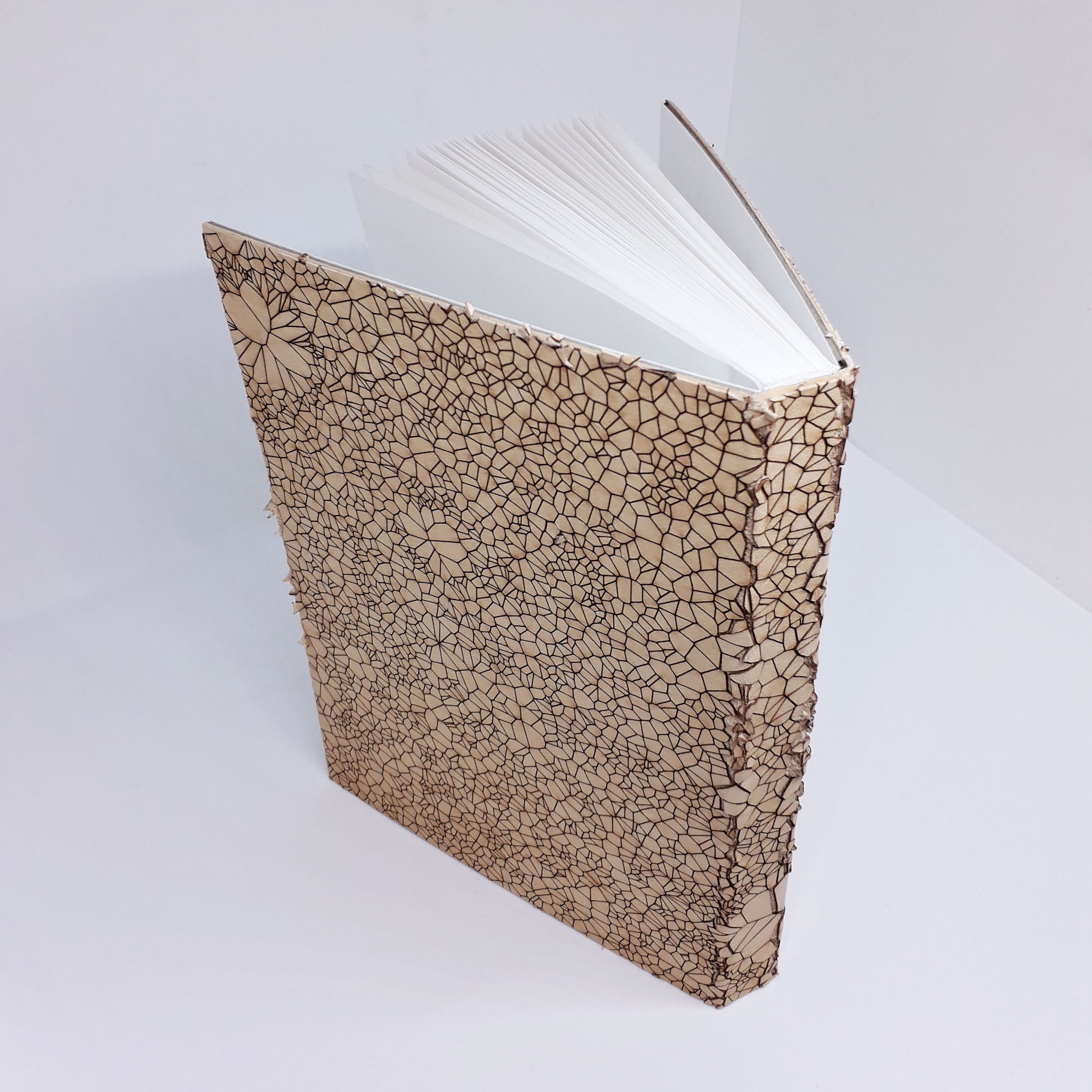
Laser engraved cover visualizing word occurrences in The Satyricon
︎ Lost Treasures Found, 2019
After a career in the coliseum Encolpius works toward an academic degree. Outside of class he yearns for the affection of his boyfriend Giton, the validation of his professor Agamemnon, and the collapse of his once friend and now arch rival Ascyltus. Encolpius, however, is time and again met with failure. His endeavors unravel throughout The Satyricon, written by Petronius in the late first century, in the most bizarre and hilarious ways. Traces of Encolpius’ trials can be seen today in the incredulous stories shared over social media. The reception of these stories, like the original reception of The Satyricon by Ancient Romans, are met with widespread amusement and engagement. This signals the timeless qualities of human emotions in society.
Today, however, digital culture occupies our focus and pushes Encolpius into the shadows. We are not building off our predecessors so much as we are obscuring them. In an attempt to reverse this tendency, Lost Treasures Found offers contemporary access to the story of Encolpius. It presents The Satyricon unabridged and in its original Latin. It replaces key Latin words with their contemporary Emoji counterparts through a custom transcode function. With no prior understanding of Latin, dive into the text and catch glimpses of daily life, from thousands of years ago. The Latin literate are presented with a familiar story set against an unexpected, but appropriate modern backdrop. Ultimately, this book collapses two-thousand years of progress and exposes two distant cultures to each other.
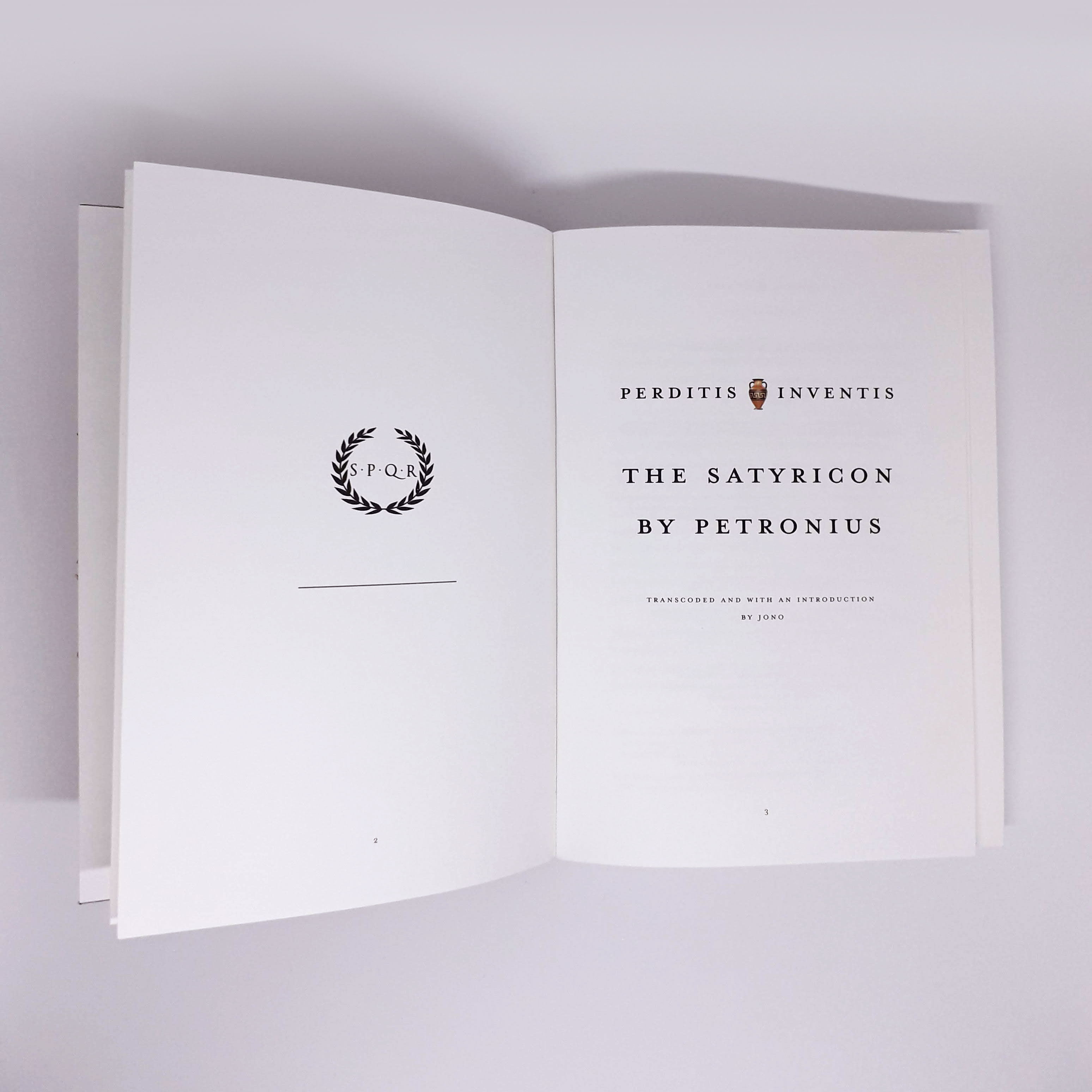
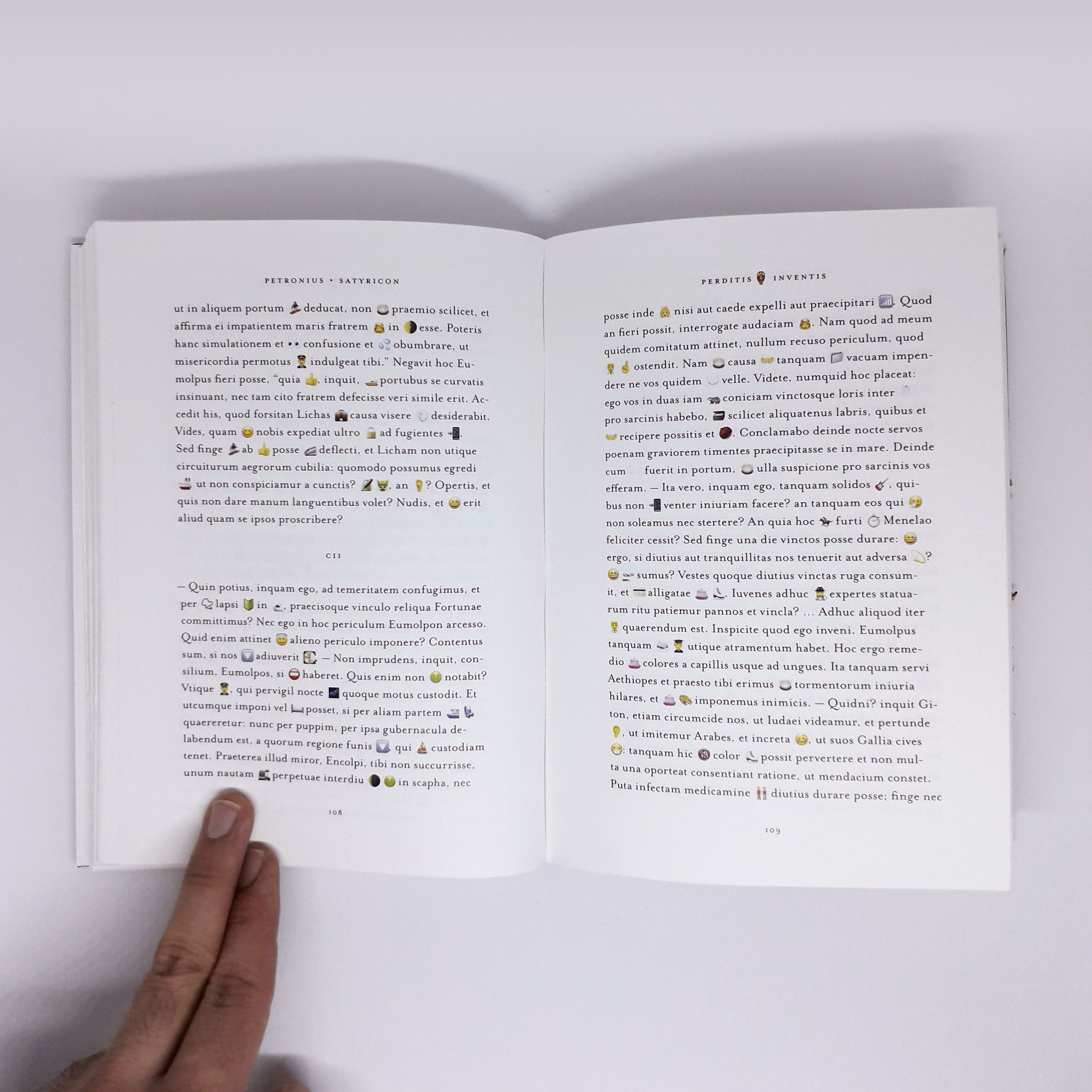
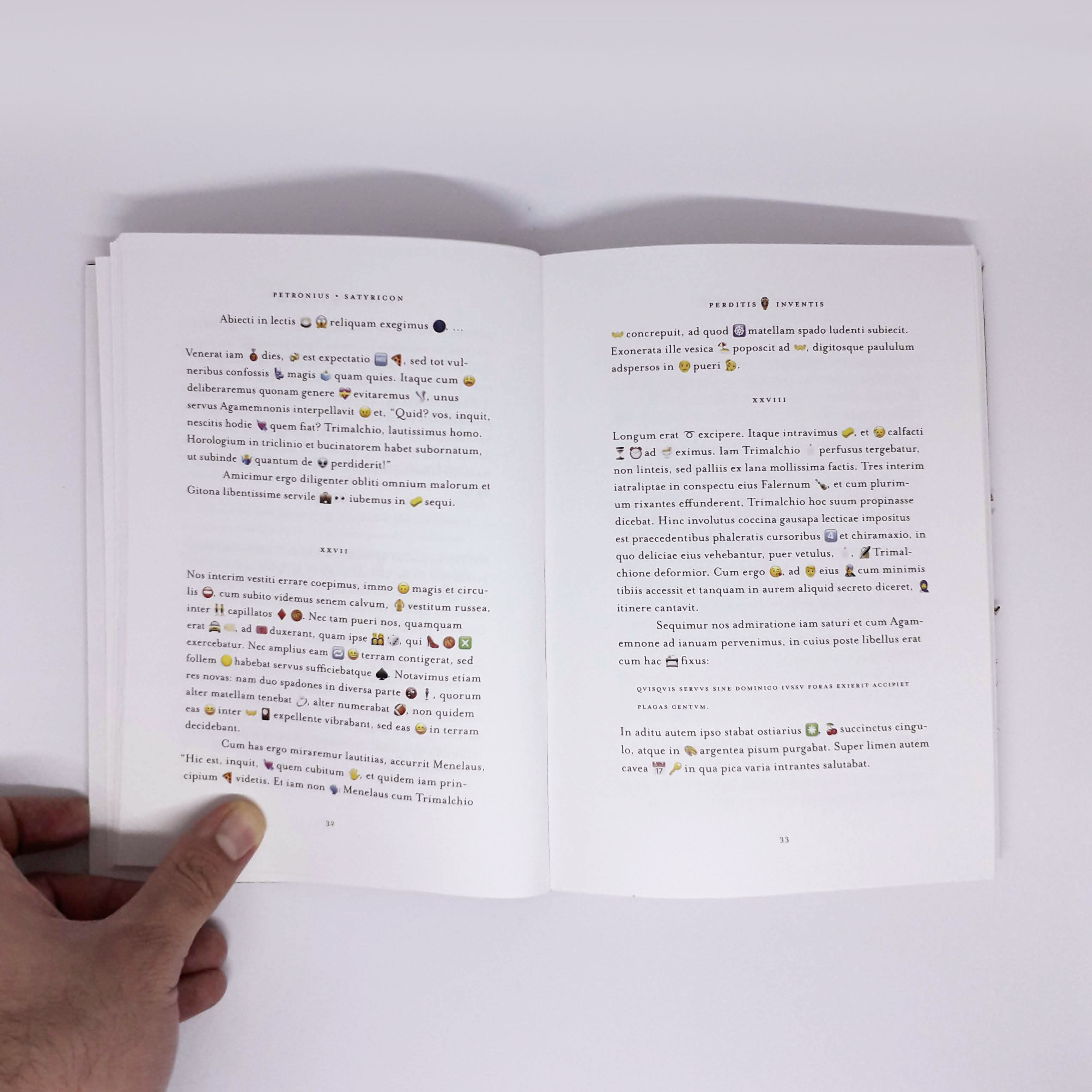

Top to bottom, left to right: front page, chapter spreads, and close up
Paris, France • 166 Pages • Canson Paper • Acid Free • 200gm • 148 × 210mm • Paperback • Perfect Bound • Mrs. Eaves • Apple Color Emoji


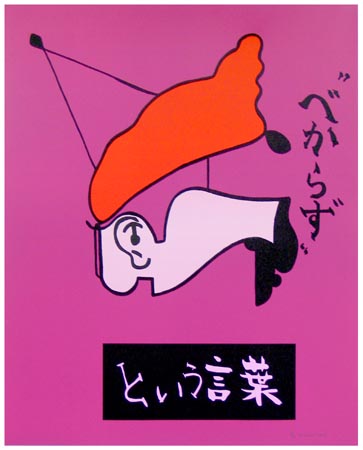
René Magritte, Les Idées Claires, 1955. Jean Baldessari, Pure Beauty, 1968. Jean-Michel Alberola, Little Utopian House, 2002.
︎ des Objets Reconnus, 2019
Transcoding is a technological phenomenon which can be used to connect different cultural subjects. This case is explored in Lost Treasures Found where Latin and Emojis become an unlikely match. On the other hand, artists like René Magritte, John Baldessari, and Jean-Michel Alberola connect subjects via visual juxtaposition. Through juxtaposition, Magritte compares clouds to boulders. Baldessari examines type’s relationship to color. And, Alberola superimposes fragments of figure and lyric to make whole forms. Through juxtaposition, these artists are able to reframe, question, and better understand their subject matter. Des Objets Reconnus takes this spirit of juxtaposition and combines it with the power of transcoding.
des Objets Reconnus, 1 hour limited edition video loop, Sedition Art, London, United Kingdom.
On the right side, hundreds of famous oil paintings cycle in and out. On the left are keywords perceived by an object recognition algorithm used by many of the top technology corporations in the world. As the keywords change, the computer distorts the oil painting to reveal the part of the painting that triggers hidden metadata. The methodical pace runs at one half of one percent the speed the computer takes to recognize objects in an image. This expanded view frames the computational process in terms conducive to human perception. In addition, the wispy motion of the paintings is directly tied to how uncertain the algorithm is. Lastly, a sonic layer matches predominant colors present in the painting to underscore the pace. Des Objets Reconnus transcodes oil paintings through object recognition in order to juxtapose representation and meaning. In this way, des Objets Reconnus questions our personal relationships with paintings to better understand this pervasive algorithm.

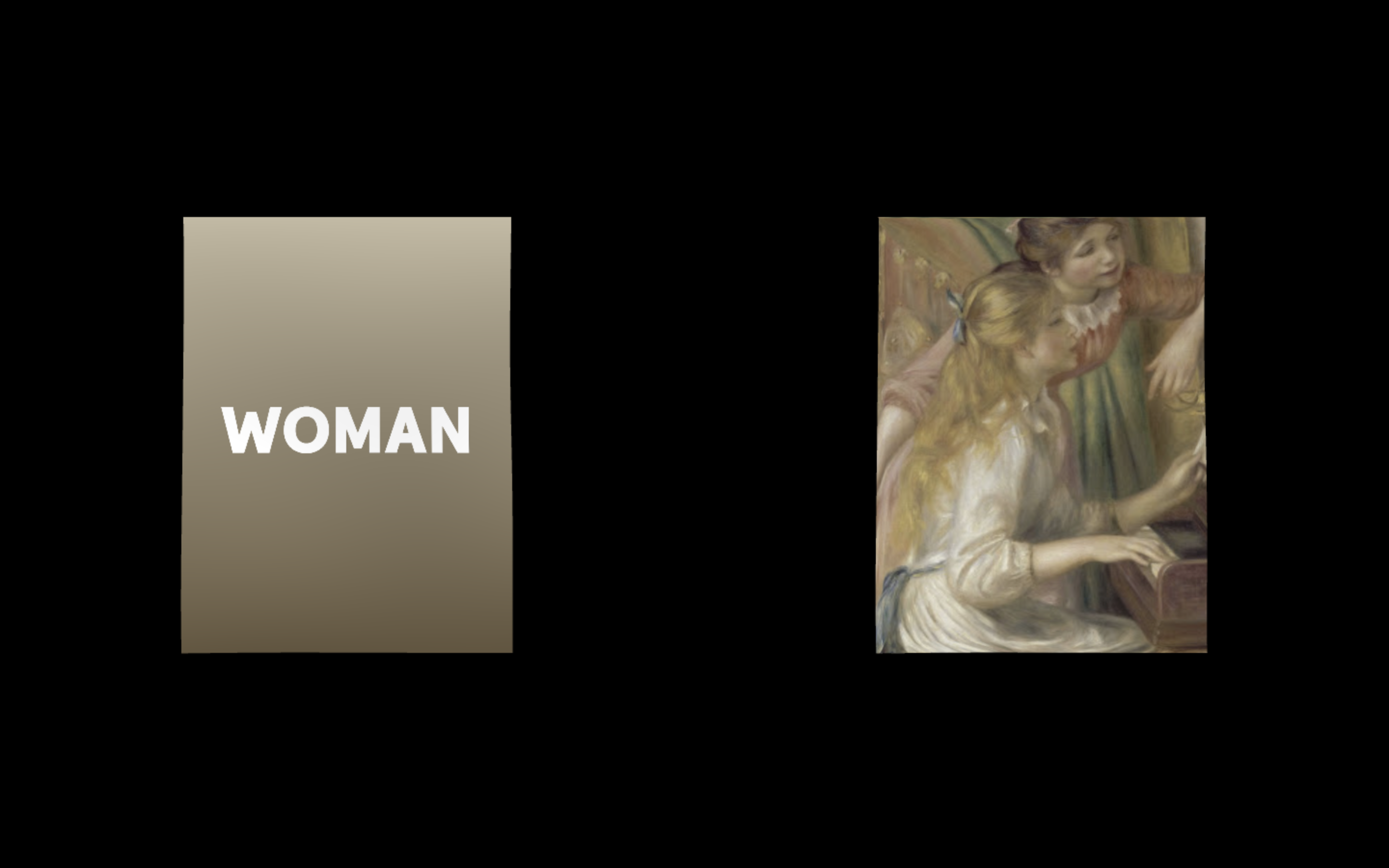
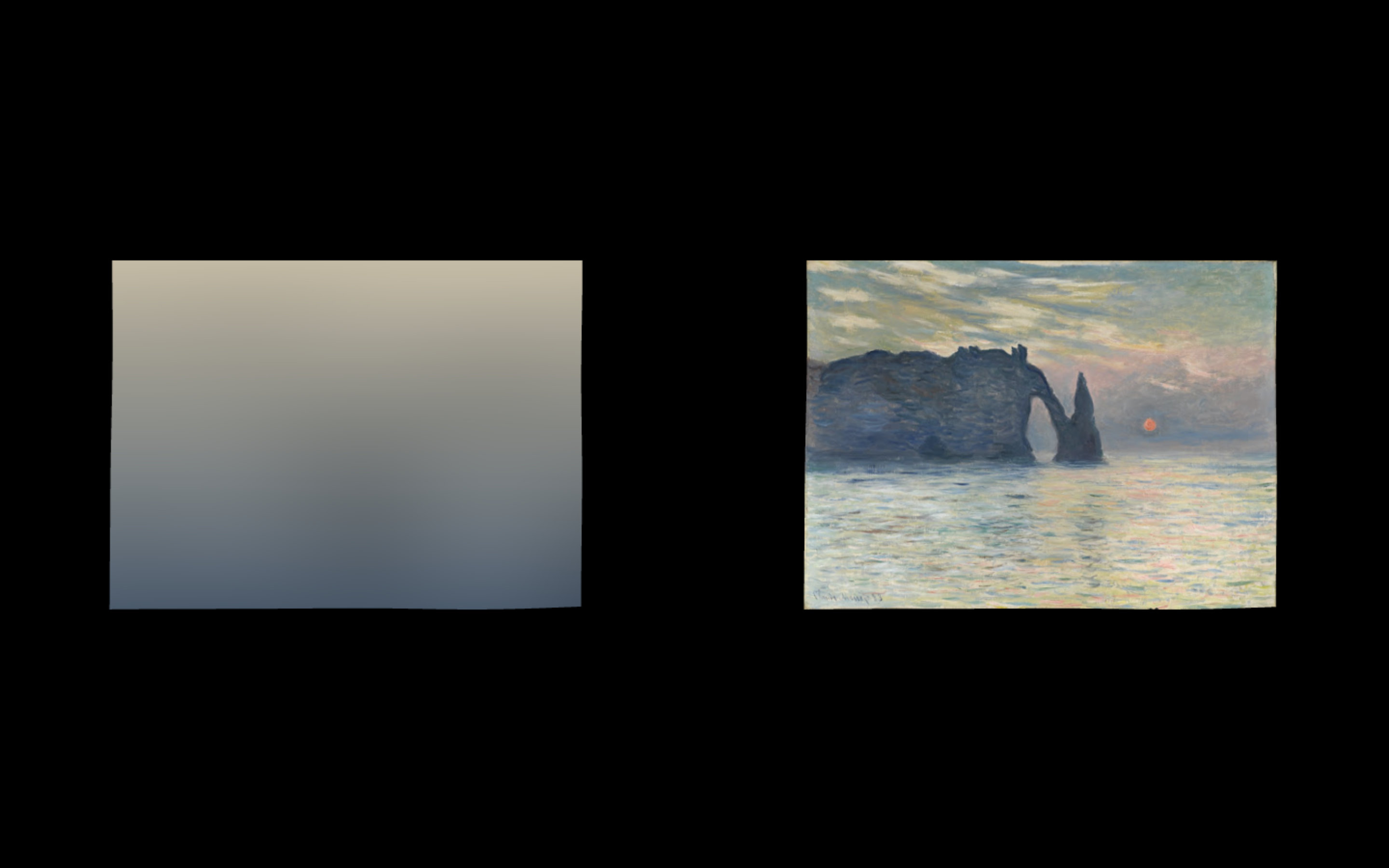
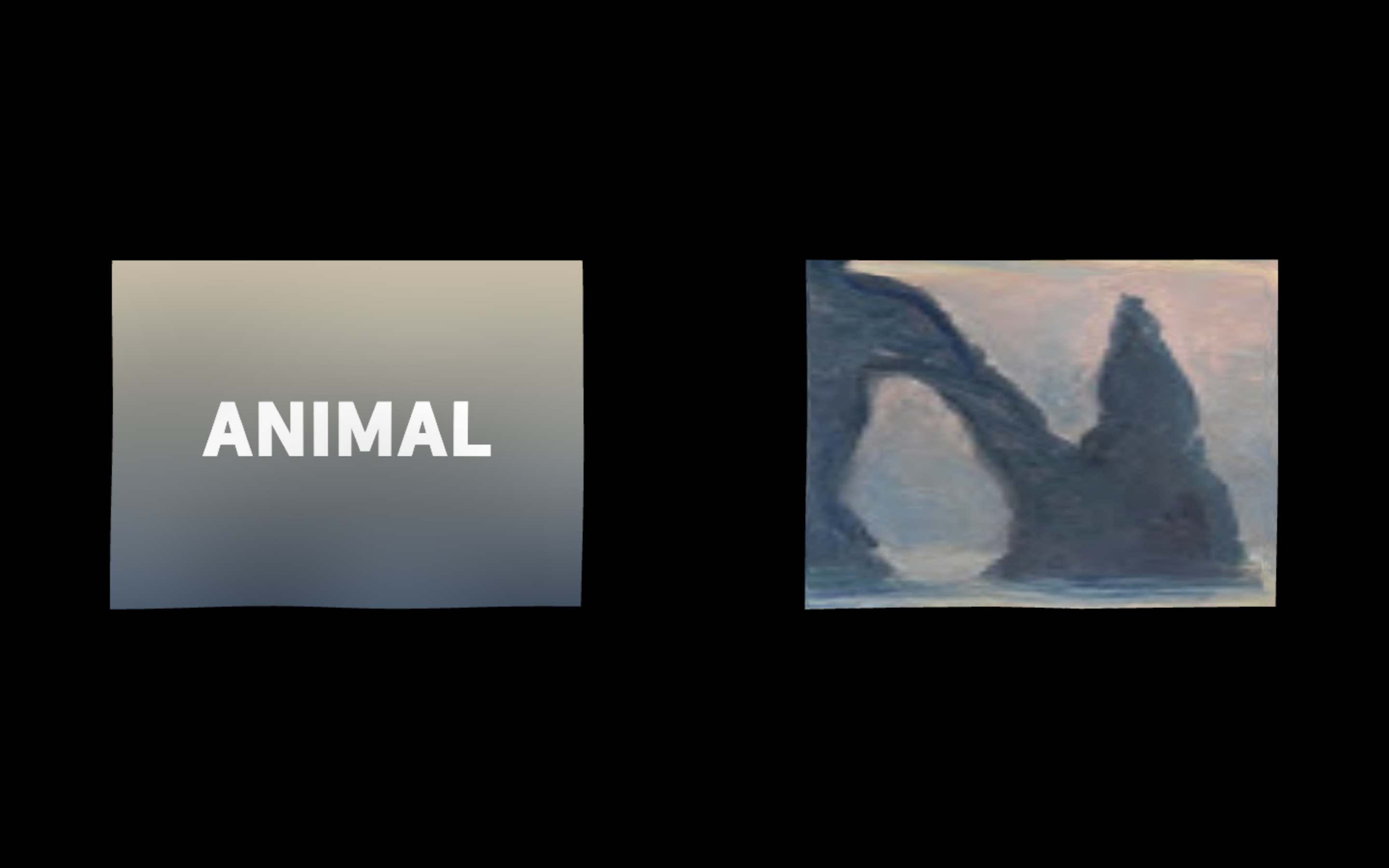
Identified keyword recognition of a portrait and a landscape for comparison.

Event poster for Nuit Blanche
︎ Harm to Ongoing Matter, 2020
Transcoding is expressive through its rigidity. In Lost Treasures Found and des Objets Reconnus transcoding made it possible to ingest and standardize many discrete assets, words and paintings respectively, to frame juxtaposition. Where transcoding is rigid, juxtaposition is loose. It is an artistic gesture to promote expression. For instance, Lost Treasures Found compares languages from different eras and des Objets Reconnus analyzes representation and meaning. So, one strength of new media enables the commingling of rigid and loose approaches to expression. Harm to Ongoing Matter pushes this dynamic further.
On Saturday October 5, 2019, Brandel alongside electronic musician Christina Chatfield took the stage to perform for La Gaîté Lyrique’s Nuit Blanche programming. During the two-hour set, thousands of people danced to acid rhythms and saw a retelling of Robert Mueller III’s “Report on the Investigation into Russian Interference in the 2016 Presidential Election”. Throughout the infamous document, there are words, lines, and paragraphs which are redacted, blacked out. These redactions carry the label, “Harm to Ongoing Matter”. This recontextualization is made possible through transcoding. The juxtaposition of media, a political report and a concert, adds a new and contradictory layer to this still developing narrative. Contradiction, as media theorist Geoff Cox puts it, is “where politics is evident and where re-invention takes place.”
Early prototype converting words from the Mueller Report into chord progressions. Click on the video to toggle the audio on and off.
Early prototype rehearsing word playback to music with Seaboard Block.
Harm to Ongoing Matter, limited edition 4 minute video loop, Sedition Art, London, United Kingdom.
In this limited edition video loop, the documentation from the Nuit Blanche performance is superimposed onto the report. All artist proceeds from this piece will be donated to Gray Area, the San Francisco project space where the works were originally conceived to be shown prior to COVID-19. A talk on this work and others from The Transcode Process is available on Patch by Gray Area alongside the exhibition opening on Sedition starting July 2, 2020.
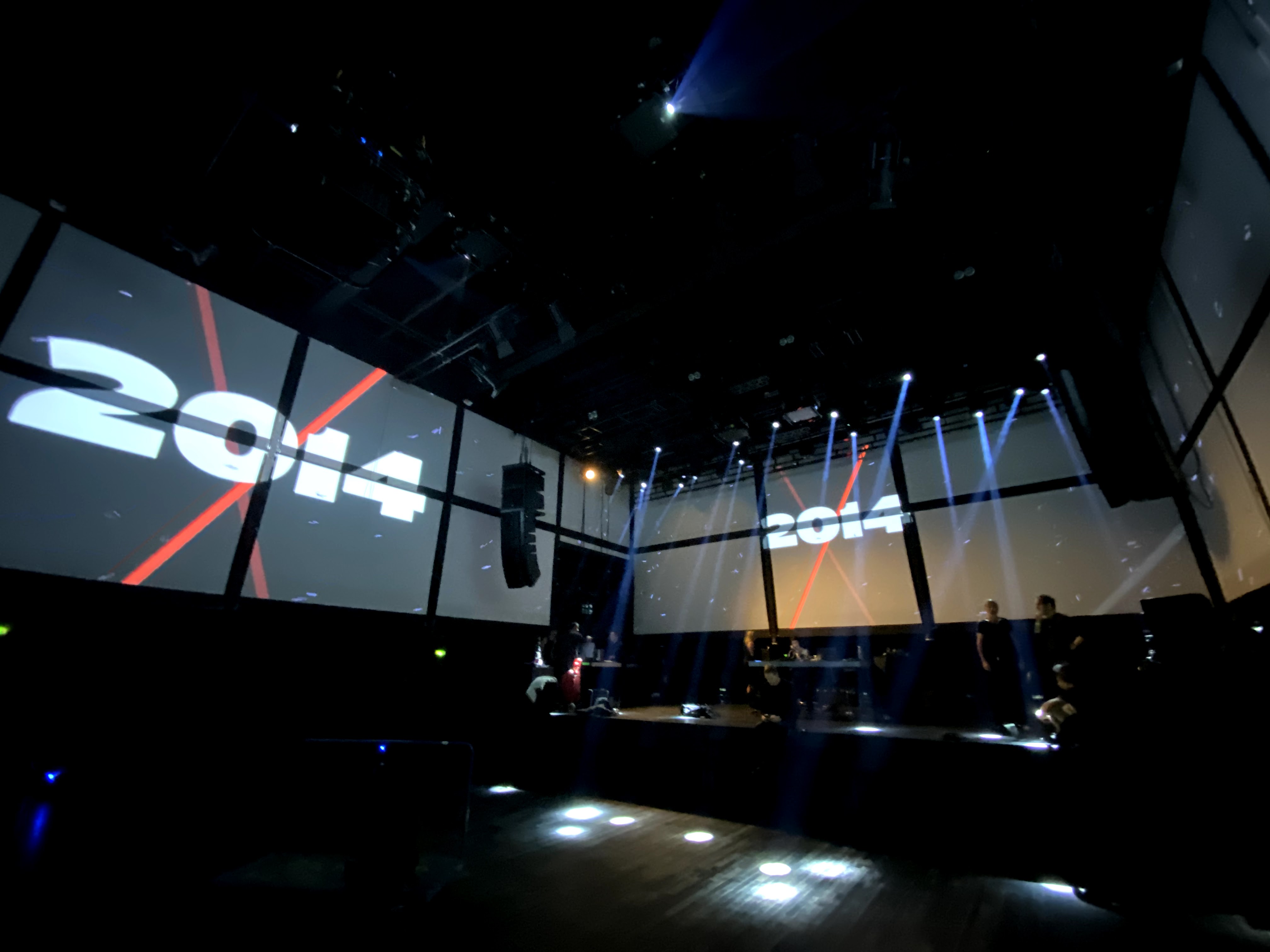
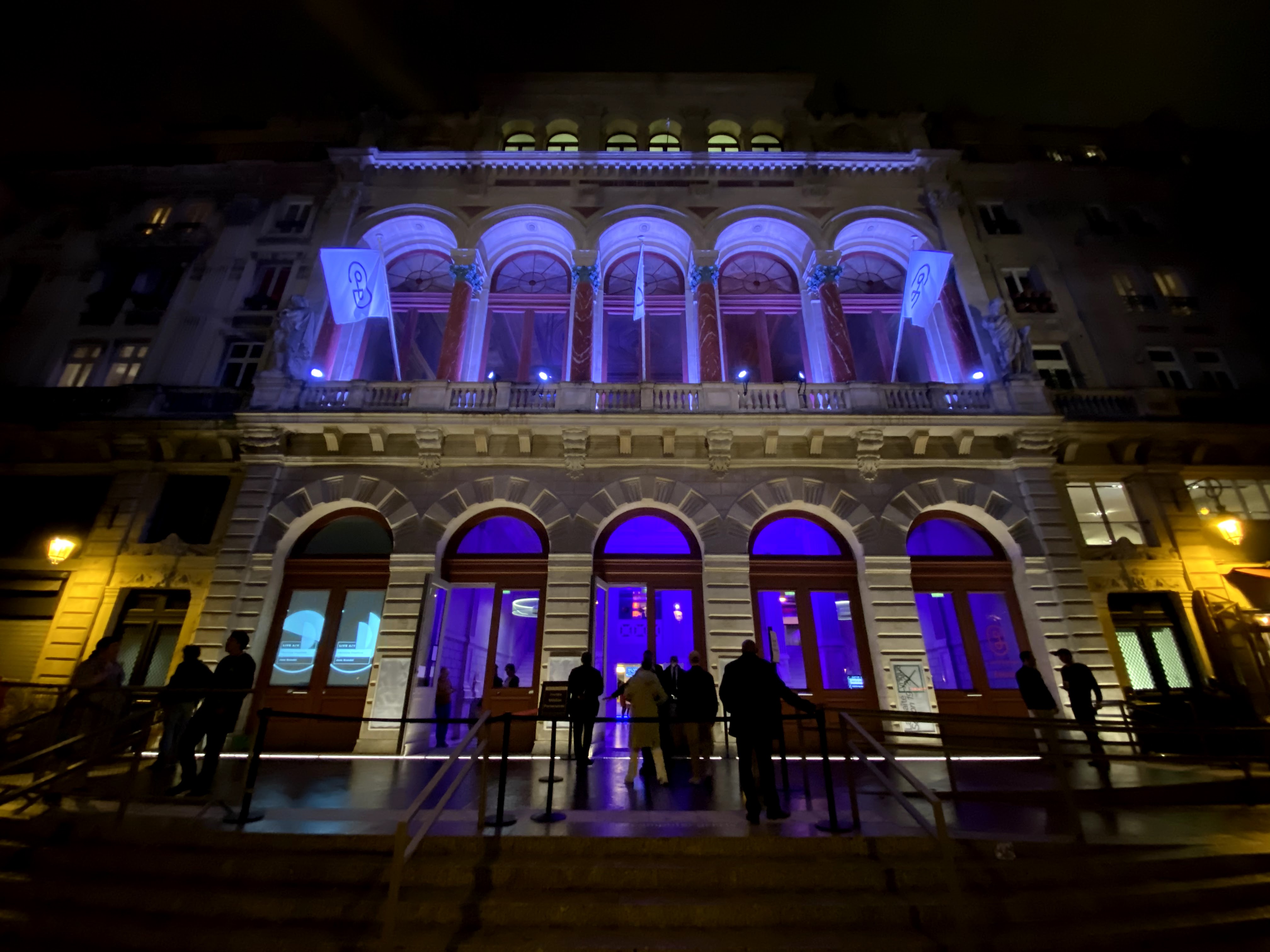
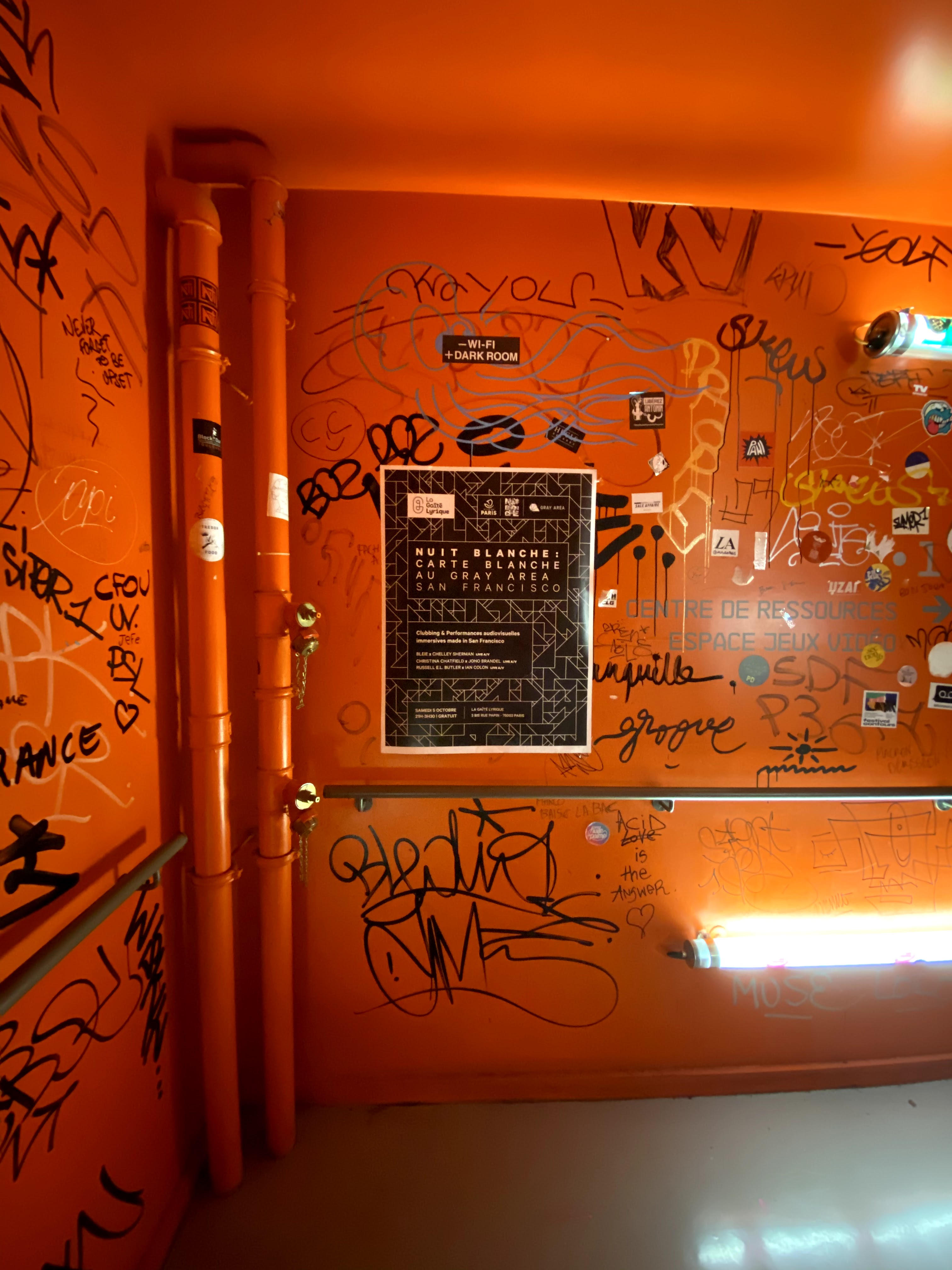
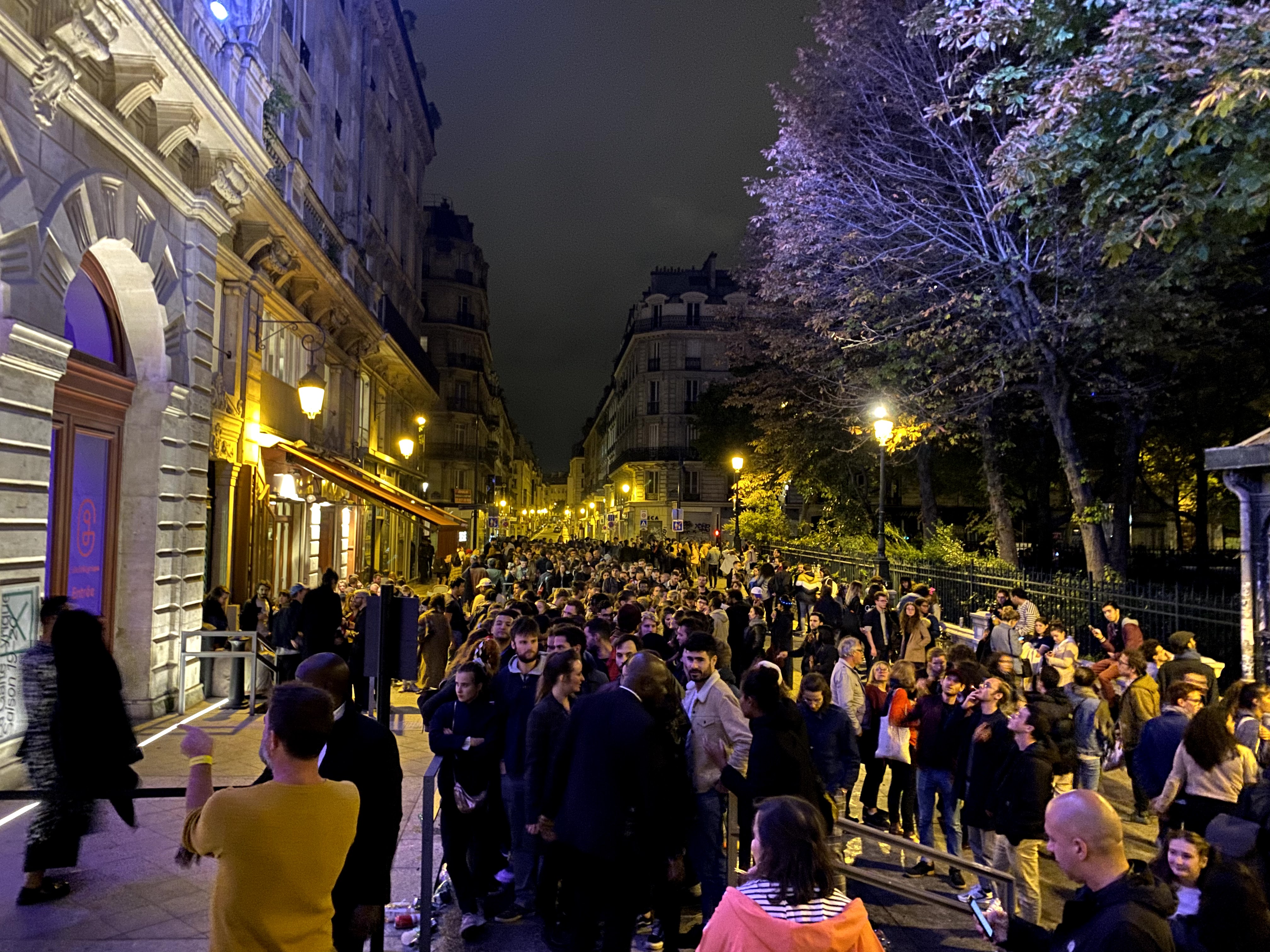
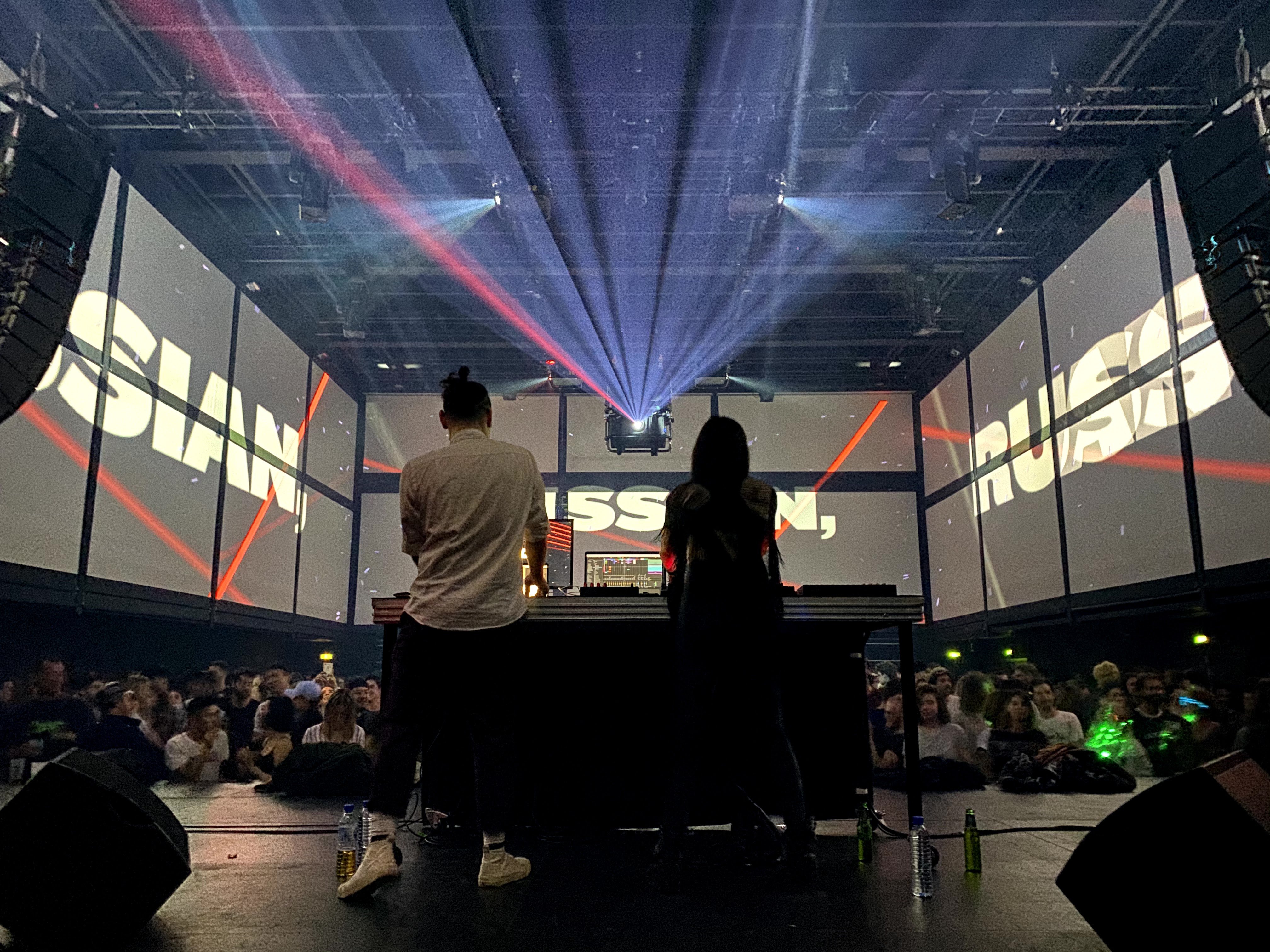

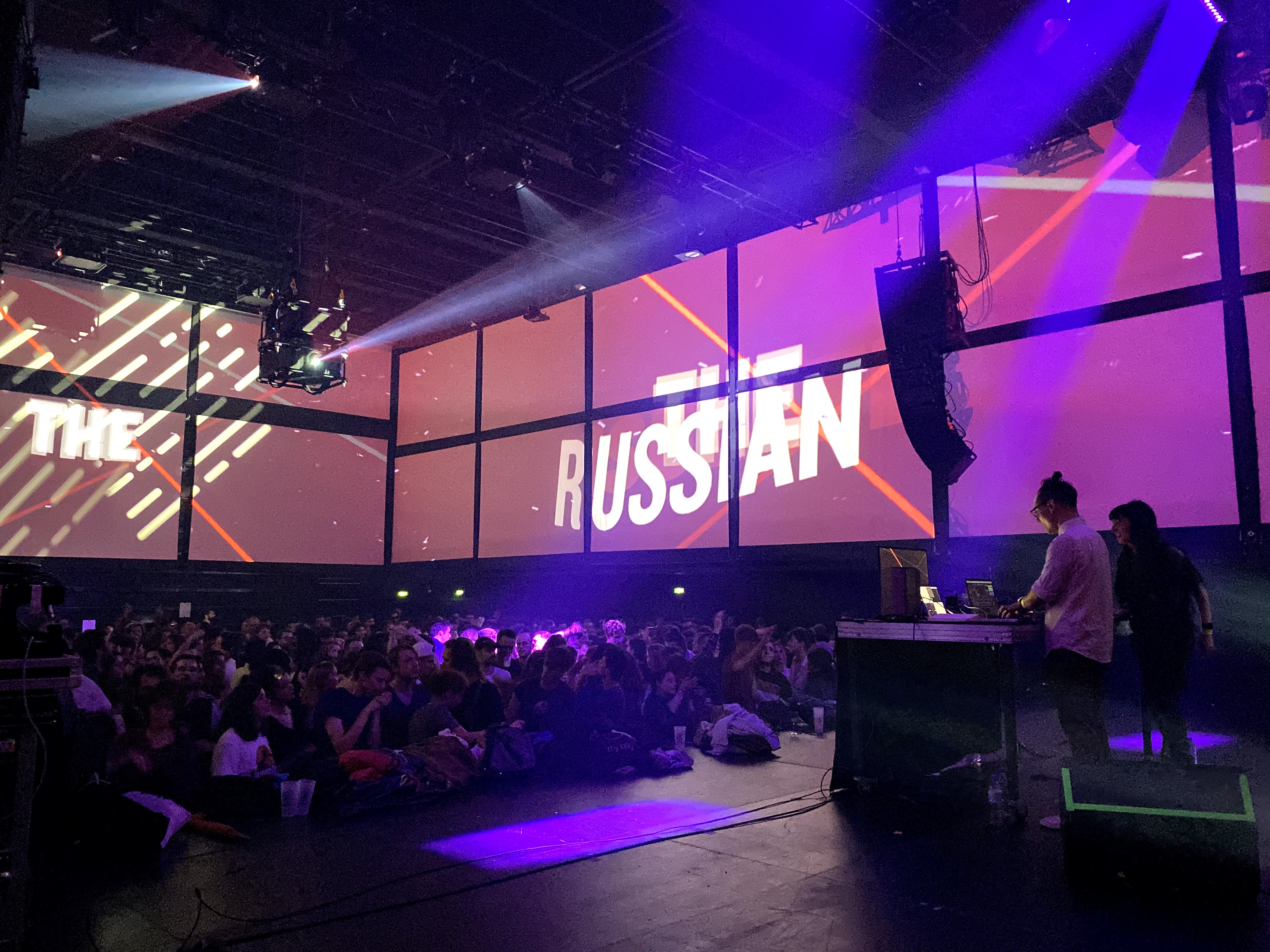
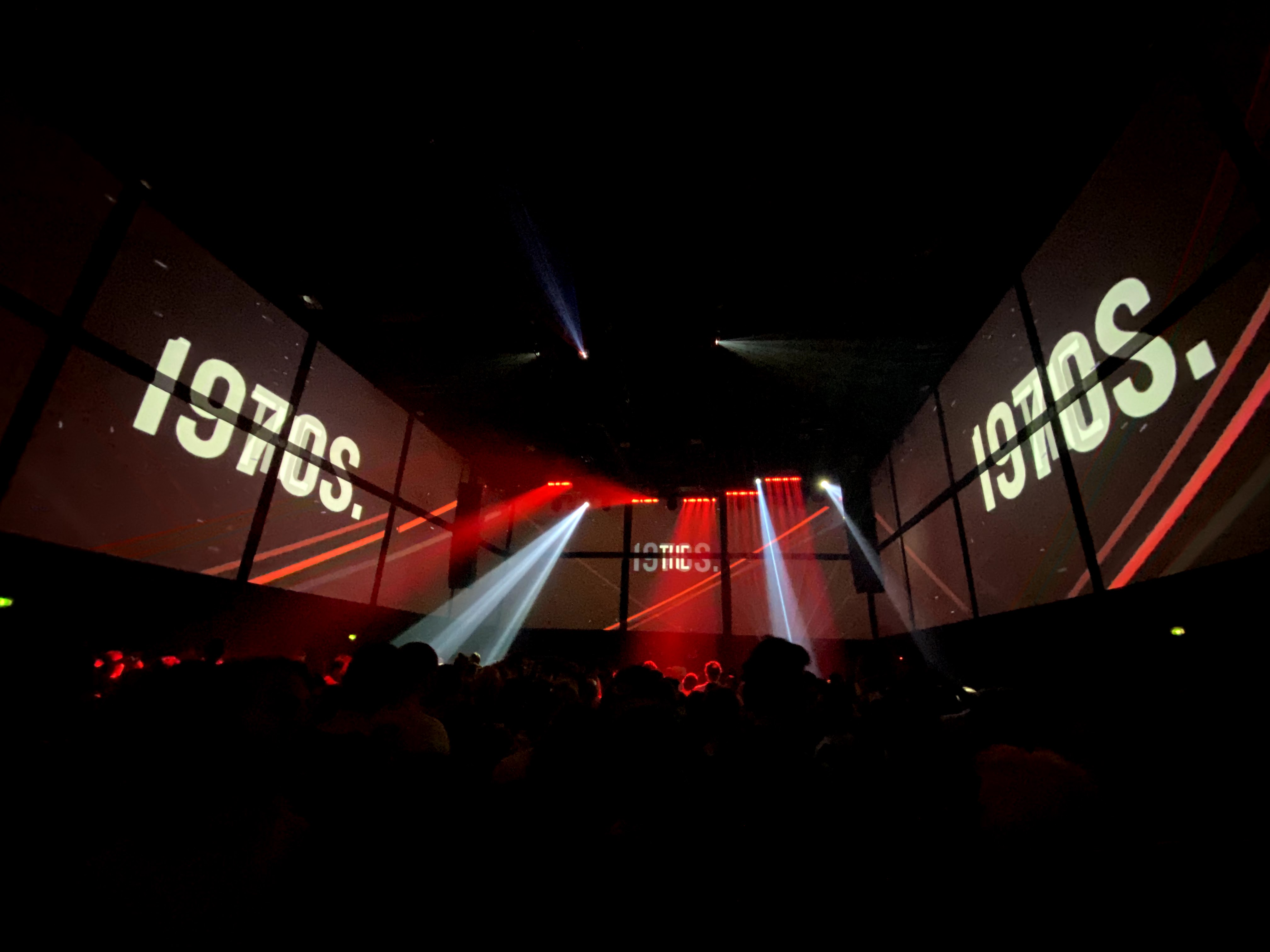
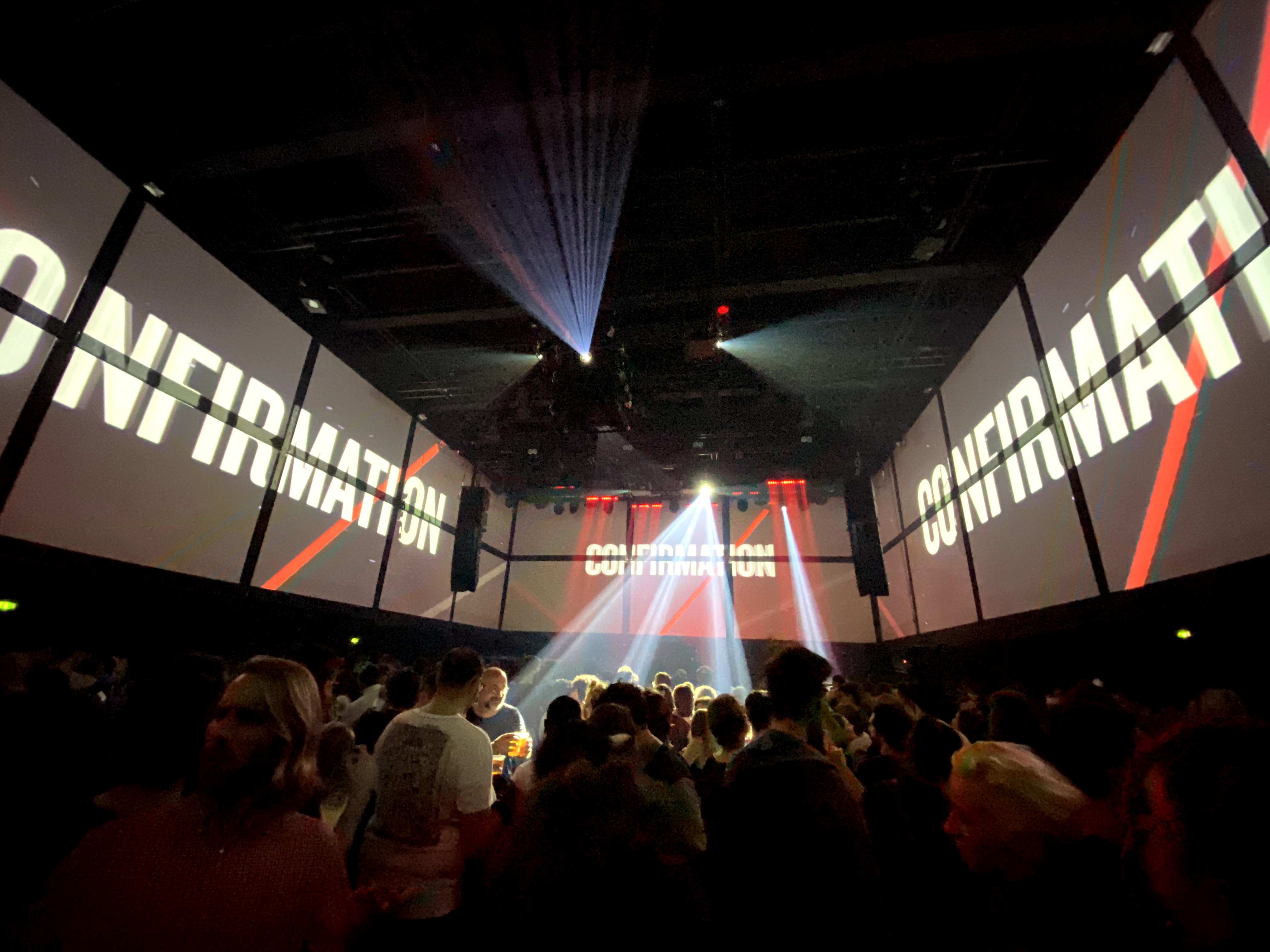
Photos from the event by Chris Delbuck.